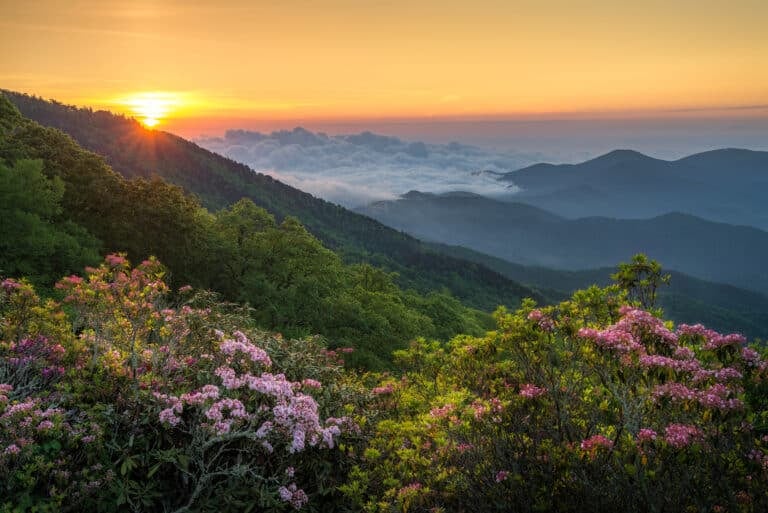Adventure Filmmaker Focuses on East Coast Paddling
Bryan Smith has turned his passion for paddling into an award-winning filmmaking career. The expedition kayaker’s first film, 49 Megawatts, challenged the controversial construction of a hydro project on his beloved Ashlu River in British Columbia and earned him Best Environmental Film at the Vancouver International Mountain Film Festival. Despite losing the Ashlu battle, the film set him on a path to make adventure films with deeper purpose. The latest film from his Reel Water Productions, Eastern Horizons, explores the underground culture of sea kayaking on the Atlantic Coast.
![Eastern Horizons-3[1]_FIX copy](https://www.blueridgeoutdoors.com/BRO_DEV/wp-content/uploads/2010/03/Eastern-Horizons-31_FIX-copy-300x200.jpg) What led you to explore the East Coast through kayaking?
What led you to explore the East Coast through kayaking?
I developed an interest in doing some regional spotlights across North America, and I decided to focus on whole coastlines. When I came to the East Coast, more than anything I was just curious, because I hadn’t paddled there before. I had been told there was a range of diverse, outrageous places that were discovered by the people who live there, and I wanted to capture the sea kayaking scene.
How do your films go beyond the typical adventure sports action movie?
We want to bring the action alive, but to do that you also need to tell a really good story. In addition to getting great action footage, we uncover the places and the people who live there. We want to expose the sport through the voice of the local culture, and not just make it about us exploring a new place. We also like to include a broader conservation story. It’s more subtle than direct. If you expose a place and the wildness of it, people will naturally gravitate toward wanting to protect it.
What surprised you about paddling the East Coast?
We were surprised by how wild the Eastern coastline feels from Georgia all the way up to Nova Scotia. It’s an incredibly diverse and wild coastline, which blew us away to be honest. Our favorite place during the entire filming was the Outer Banks of North Carolina. The paddling was amazing, because of all the offshore shoals and sandbars. The water was bigger and more exciting than anything I expected to find in the South. It was great to be in that water and then get a sense of the historical background and how hard that coastline was to navigate in early times.
How does the East Coast paddling scene compare to the West Coast?
People are always surprised to hear this—there are way more sea kayakers on the East Coast. During filming we ran into groups consistently in every area that were at least twice the size of what I see at home. There’s a general misconception that the West is full of paddlers, but on the Eastern coastlines I found more paddlers with more passion.







